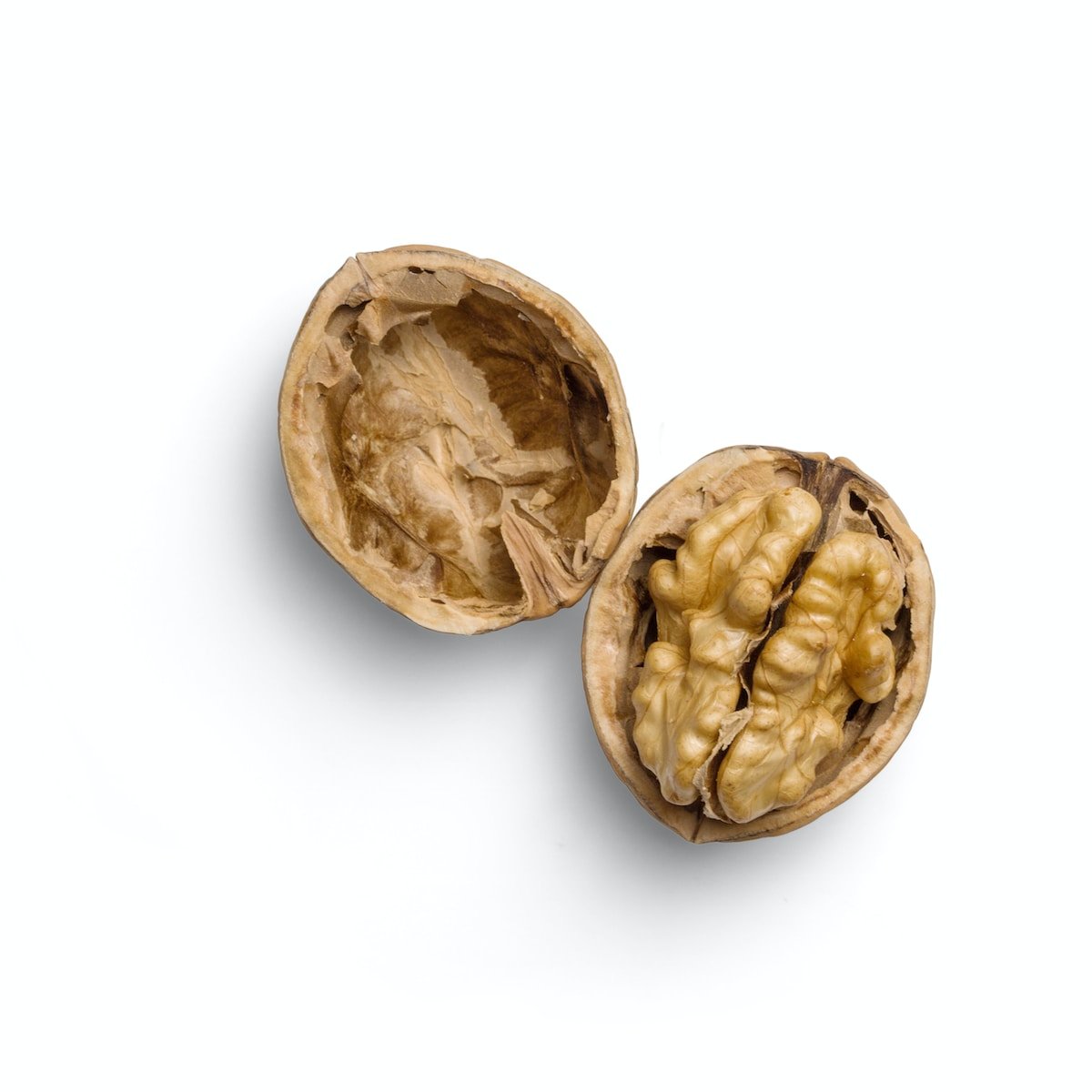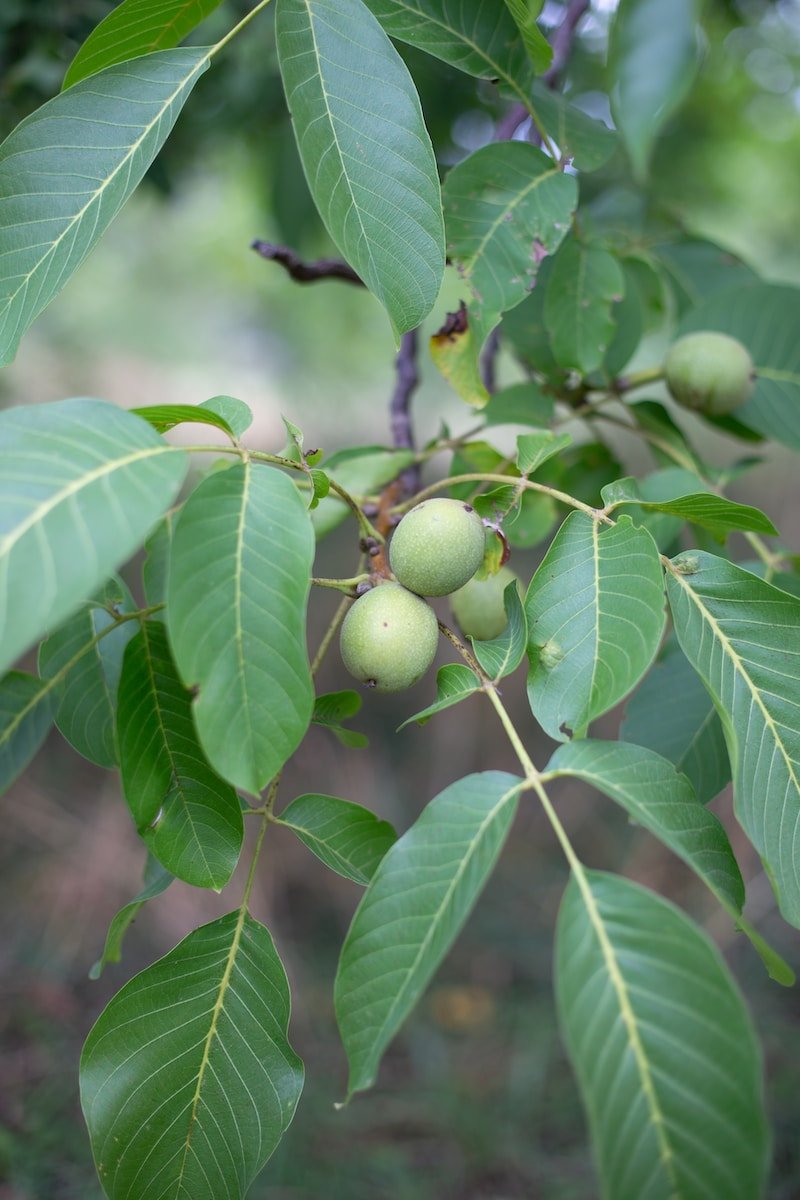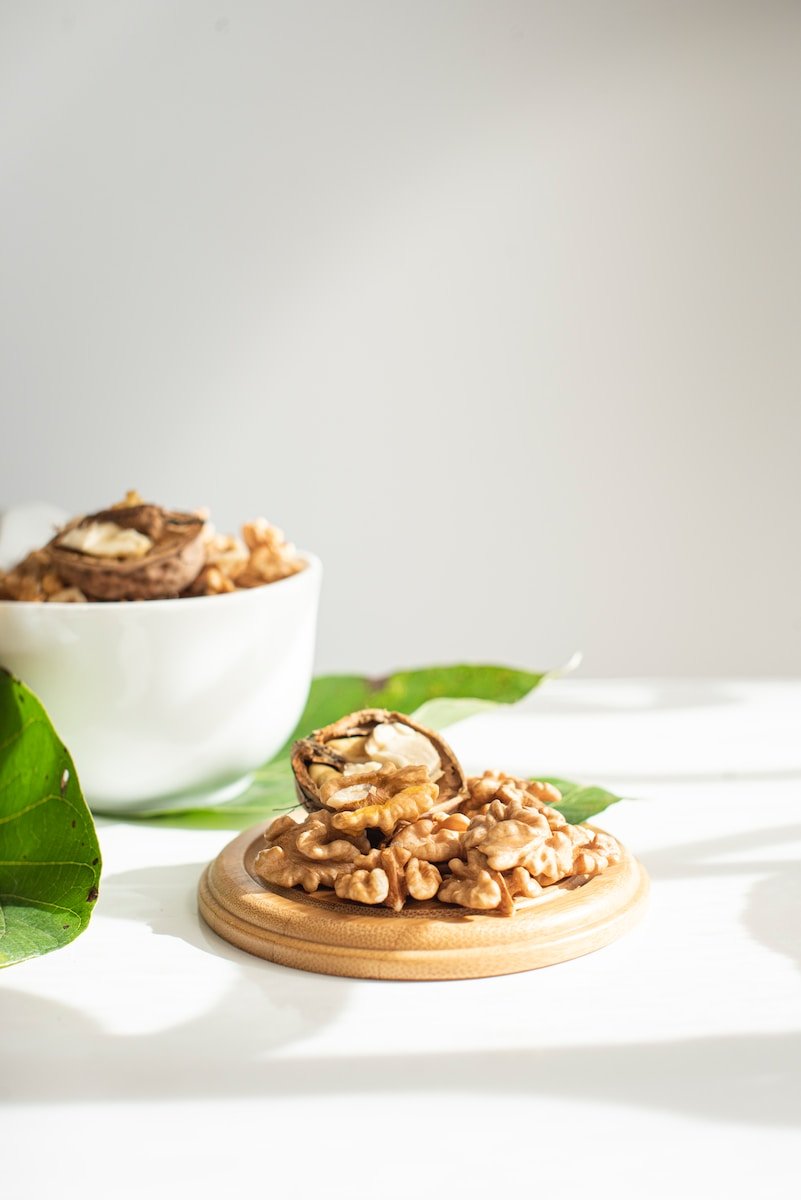Introduction to Walnut Varieties
Walnuts are a popular and versatile nut that have been enjoyed for centuries. While many people are familiar with the classic English walnut, there are actually a wide variety of walnut species and cultivars available. Each walnut variety has its own unique characteristics, making them suitable for different culinary uses and providing various health benefits. In this comprehensive guide, we will explore the diverse varieties of walnuts, highlighting their distinctive features and discussing their culinary uses and nutritional benefits.

English Walnut (Juglans regia)
The English walnut, also known as the Persian walnut, is perhaps the most well-known and widely cultivated variety of walnut. It is native to regions in Central Asia, including Iran and Iraq. English walnuts have a mild, slightly sweet flavor and a smooth, thin shell that is easy to crack. They are commonly used in baking, cooking, and as a snack. English walnuts are a rich source of omega-3 fatty acids, vitamin E, and antioxidants, making them a nutritious addition to any diet.

Black Walnut (Juglans nigra)
The black walnut is a native species of North America and is known for its robust flavor. Its shell is significantly thicker and harder than that of the English walnut, which can make it more challenging to crack. Black walnuts have a bold, earthy taste with hints of sweetness and bitterness. They are often used in desserts, such as cookies and cakes, as well as in savory dishes like salads and pasta. Black walnuts are high in protein, fiber, and essential minerals, making them a healthy choice for those looking to boost their nutrient intake.

Persian Walnut (Juglans regia ‘Purpurea’)
The Persian walnut, also referred to as the red walnut or purple walnut, is a unique cultivar of the English walnut. It stands out due to its striking purple-colored shell, which sets it apart from other walnut varieties. Although the Persian walnut shares many similarities in taste and texture with the English walnut, its vibrant appearance adds a touch of elegance to any dish. The purple color is due to the presence of anthocyanins, which are natural pigments with antioxidant properties.
Heartnut (Juglans ailanthifolia var. cordiformis)
The heartnut, as its name suggests, has a distinct heart-shaped shell that makes it easily recognizable. This walnut variety is native to Japan and has a mild, buttery flavor. The heartnut has a higher oil content than other walnut varieties, giving it a rich and creamy texture. It is commonly used in baking, confectionery, and as a topping for salads or cereal. Heartnuts are a good source of healthy fats, vitamins, and minerals, making them an excellent choice for those seeking a nutrient-dense snack.

Butternut (Juglans cinerea)
The butternut, also known as the white walnut, is a species of walnut native to North America. It gets its name from its creamy, buttery flavor and texture. The butternut has a long, oval-shaped shell that is relatively thin and easy to crack. It is typically used in baking and cooking, adding a delicate nutty flavor to a variety of dishes. Butternuts are rich in monounsaturated fats, which can help improve heart health, as well as being a good source of vitamin B6 and magnesium.
Japanese Walnut (Juglans ailantifolia)
The Japanese walnut, also called the heartnut walnut, is native to Japan and China. It is closely related to the heartnut variety but has a larger size and a milder flavor. The Japanese walnut has a smooth, round shell that opens easily, revealing a heart-shaped nut inside. It is commonly used in cooking and baking, adding a subtle nutty flavor to both sweet and savory dishes. Japanese walnuts are a good source of omega-3 fatty acids, protein, and essential minerals.
Manchurian Walnut (Juglans mandshurica)
The Manchurian walnut is a walnut variety native to East Asia, particularly China and Korea. It is known for its large size and robust flavor. The Manchurian walnut has a thick, hard shell that requires a bit more effort to crack open. It can be used in a variety of culinary applications, including baking, cooking, and as a topping for salads or oatmeal. Manchurian walnuts are packed with antioxidants, vitamin E, and healthy fats, making them a nutritious choice for snacking or incorporating into meals.

California Walnut (Juglans hindsii)
The California walnut, also known as the Northern California black walnut, is a common walnut variety grown in California and other parts of the United States. It has a rich, earthy flavor and a slightly bitter taste compared to other walnut varieties. California walnuts are often used in both sweet and savory dishes, such as cakes, pies, and roasted vegetables. They are a good source of plant-based omega-3 fatty acids, fiber, and protein, making them a healthy addition to any diet.
Identify and Appreciate Walnut Differences
With such a diverse array of walnut varieties available, it is important to learn how to identify and appreciate their differences. Pay attention to the size, shape, and color of the shell, as well as the flavor and texture of the nut itself. Experiment with different varieties in your recipes to discover the unique qualities each brings to the table. Whether you prefer the mild sweetness of an English walnut or the boldness of a black walnut, exploring the variety of walnuts can be a delightful culinary journey.
Culinary Uses and Nutritional Benefits
Walnuts, regardless of their variety, offer numerous culinary uses and nutritional benefits. They can be used in both sweet and savory dishes, including baked goods, salads, stir-fries, and nut butters. Walnuts are a great source of healthy fats, fiber, protein, vitamins, and minerals. They are particularly rich in omega-3 fatty acids, which have been shown to support heart health and brain function. Incorporating walnuts into your diet can provide a satisfying crunch and a boost of nutrients.
Conclusion: A World of Walnut Diversity
In conclusion, walnuts come in a wide variety of flavors, textures, and appearances. From the classic English walnut to the robust black walnut, each variety offers its own unique qualities that can enhance a wide range of culinary creations. Whether you are looking to add a nutty crunch to your favorite recipes or reap the nutritional benefits of these nutrient-dense nuts, exploring the diverse world of walnuts is sure to add depth and flavor to your meals. So, go ahead and embark on a culinary adventure by trying out different walnut varieties and let your taste buds be amazed by the richness and diversity of this remarkable nut.

